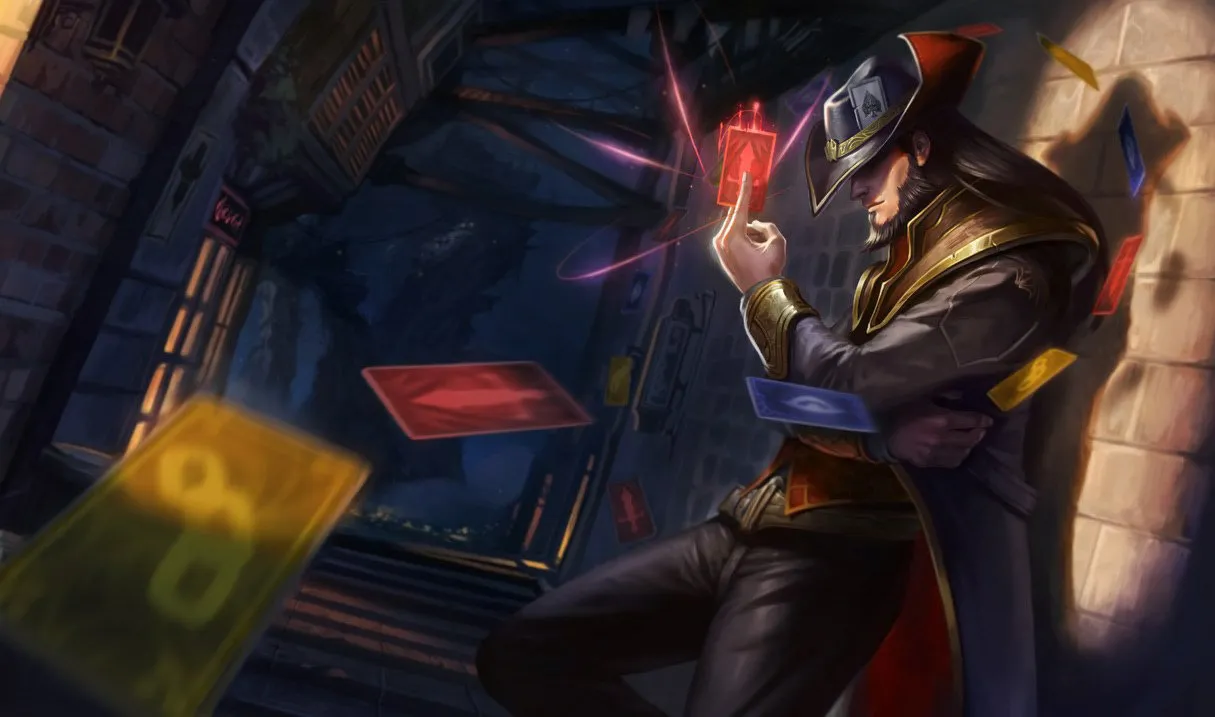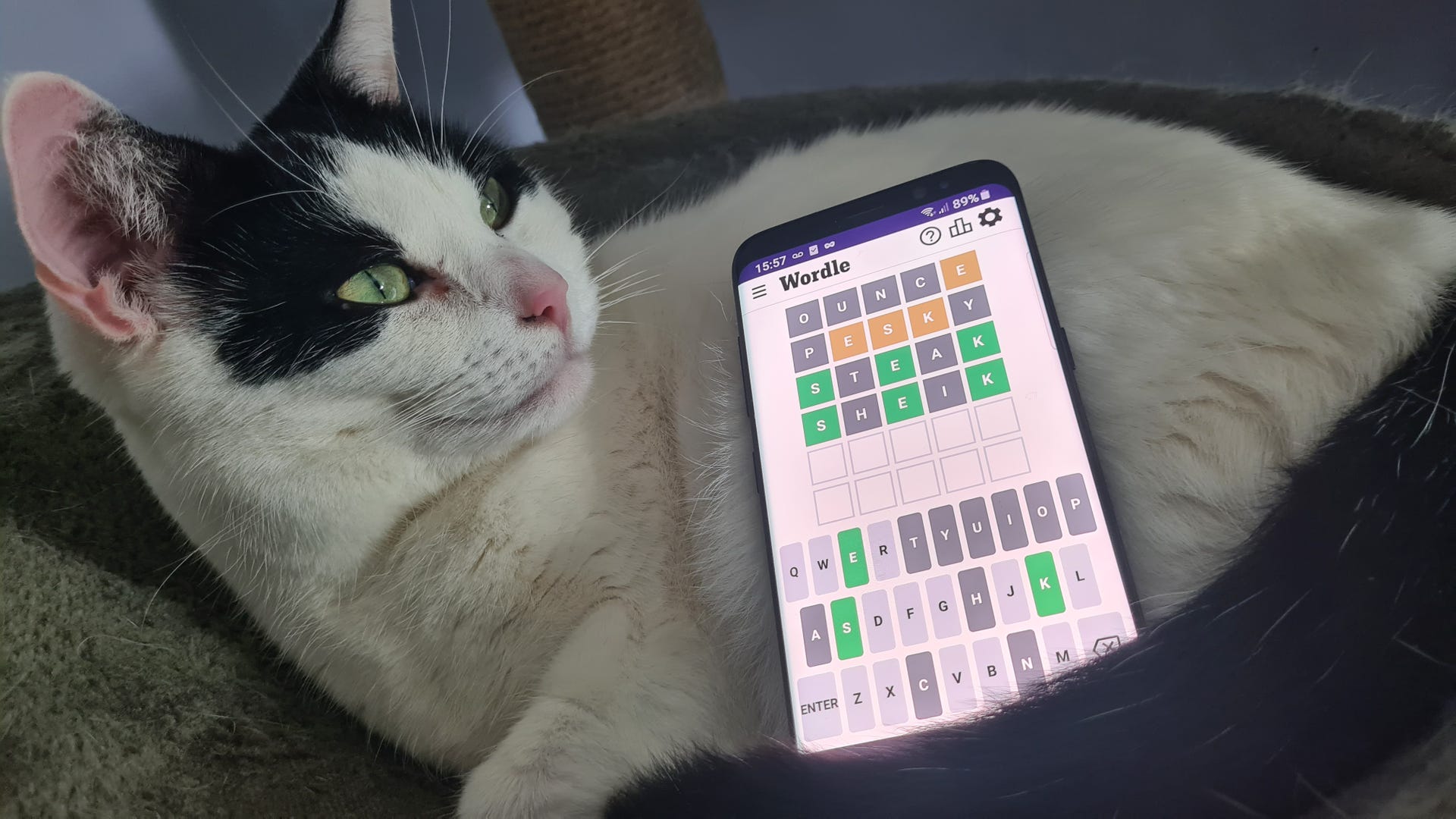
In Defence of Alien: Isolation
Across the many stories set in the Alien universe, there’s evidence to suggest the xenomorphs are part of some kind of hivemind that, at some level, operates as a collective consciousness. The same cannot be said for IGN: This website is the work of a large group of individuals with varied – and sometimes directly conflicting – perspectives on pretty much every single game. But a review, by its very nature, can only reflect the perspective of one person. A decade ago, our own Ryan McCaffrey gave Alien: Isolation a 5.9 in his review, noting that, among other things, its genuine scares were “diluted by repetition and padding.” He wasn’t alone in that reaction, and other major review outlets gave it similar scores for similar reasons. Today, approaching its 10th anniversary, I’m here to (once again) respectfully dissent and offer a different perspective: I love Alien: Isolation. It is one of my favourite games of all time. And, even after all these years, it remains a singular, terrifying triumph.
When Alien: Isolation arrived in 2014, I was working at a different website. As the year drew to a close, I wrote that I believed Creative Assembly’s take on survival horror was the best game of the year. I re-read that piece after recently replaying the whole campaign and found that everything I loved about it at launch remains what I love about it today.
The headliner of the whole event is, of course, the xenomorph itself: a landmark piece of enemy AI engineering. Creative Assembly somehow managed to turn lines of code into a creature that appears genuinely, terrifyingly alive. Despite operating almost entirely without a scripted sequence of actions, every encounter with it feels as though it was perfectly authored to generate maximum tension. The way it learns from your actions, such as investigating lockers after discovering you use them to hide, is truly unnerving.
On the ‘hard’ difficulty level, when the AI is firing on all cylinders, the xenomorph truly is the ultimate foe depicted in the movies, and so I can understand why this tougher challenge is listed as the “recommended way to experience the game” in the main menu. But while this mode is more accurate to the experience of Ellen Ripley, it is perhaps not the best way to experience Alien: Isolation for the very first time. Without prior understanding of the systems, many of which are bespoke or subversive, a playthrough on the ‘medium’ difficulty level is the better starting place. Ryan sadly fell afoul of this for his review, where he understandably opted for ‘hard’ based on that menu prompt. Better phrasing would have helped here – I’d describe hard mode as the ‘faithful Alien experience’ rather than the recommended one. There are still plenty of scares to be had on the lower settings.
I’d assumed, after 10 years and plenty of documentation of how it all works, those scares would have dissipated – just as more recent Alien movies have lost the element of surprise because we know so much about the xenomorph life cycle. I was wrong. Despite a small contingency of well-executed pretenders in the likes of Amnesia: The Bunker’s monster and the Resident Evil 2 remake’s Mr. X, there’s still nothing that truly compares to Alien: Isolation’s authentic-feeling intelligence.
The alien’s sharp hunting ability is the catalyst for one of the most interesting stealth games of the era.
The gameplay implications of that intelligence were one of the things Ryan criticised in his review, noting that it forced a restrictive structure of hiding and waiting for the xenomorph to move on every time it interrupted your journey. I can understand where he was coming from, since a long history of games had conditioned many people to play that way, but from my point of view, I see the alien’s sharp hunting ability as the catalyst for one of the most interesting stealth games of the era because of how it boldly defies conventions.
Up until that point, the stealth genre was built on observation and pattern recognition: understanding how an enemy’s regular patrol path can be interrupted and exploited. The xenomorph, however, has no regular path to exploit, making it unpredictable. Your approach has to be much more reactive and, as a result, more authentic to the reality of the situation. This can, depending on your stomach, force you into hiding in lockers and beneath desks. The more interesting approach, though, is to make extensive use of Isolation’s tools. The throwable noise makers and flares act as distractions, pulling the alien away to open up new routes. Emergency override buttons lock down doors, putting a hard barrier between you and it. Smoke bombs and rewired air purification systems hide you from view at the cost of your own vision. Through smart (and, admittedly, risky) use of these tools, you can sort of wrangle your hunter.
While the xenomorph plays by its own rules as it stalks you, Alien: Isolation does make use of observation and pattern recognition in a different way. It is one of the best examples of purposeful sound design in the history of games, with unique audio markers for everything the xenomorph does. Dull thuds from above note the alien’s presence in the air ducts, revealing that it’s close but not yet a direct threat. The clatter of metal and a rattlesnake-like hiss signals that it has emerged from a vent and is now in the environment with you. The heavy thud of its striding footsteps are perfectly calibrated to indicate which direction it approaches from, while the increasingly panicked tones of your motion tracker emphasise its proximity. And, eventually, a scuttle and scrape on steel signals that your foe has finally retreated back into the ducts.
All this hide-and-seek stealth gameplay is supported by exceptional level design. Every zone of the vast, sprawling Sevastopol Station is built around sightlines, with plenty of windows and looping corridors to allow for clear (and, occasionally, purposefully unclear) vision of your environment and the alien. The air ducts that snake through these levels offer life-saving hidden paths that bypass the alien… although they purposefully never lead you quite where you want to go, ensuring emerging from them is always a tense experience.
The design of each area frequently loops and folds in on itself, cementing the sense Sevastopol is a coherent, functional whole rather than a video game level. Within each mission, the use of backtracking grants you familiarity and, eventually, mastery over an area, akin to the design of Resident Evil 2 and Silent Hill 2. There’s also backtracking built into the overall campaign design, which evokes Dark Souls’ interconnectedness. Within that environment, Creative Assembly took a Metroidvania-inspired approach to using new tools on old locked doors, so the station expands in new ways with every deck revisited.
All of those decks and corridors, of course, still look absolutely gorgeous even 10 years later; the meticulous recreation of the 1979 film’s retrofuturism is well documented, but in 2024 it’s the lighting that really impresses. The darkness is primarily lit by indirect sources, lending the entire playspace a distinct visual identity. The glow of computer monitors, projectors, and emergency bulbs softly illuminate each room, gently highlighting trails of volumetric smoke and leaving darkness in every corner. And while Creative Assembly’s bespoke engine is able to render dynamic lighting, much of the final effect is created through careful use of baked-in shadows. It’s proof that artistic intention can trump technical brawn; there’s no ray tracing here, but it really doesn’t matter that every light isn’t dynamic when everything is so fine-tuned by hand.
Through the flamethrower, Creative Assembly brilliantly replicates the Final Girl trope.
The xenomorph and the Sevastopol are impressively designed, then, but together they produce some of the most stressful gameplay in modern(ish) memory. Creative Assembly shows a strong understanding of what our limits are, though, and so the campaign undulates between stretches of alien encounters and other gameplay styles. The most stressful sections are often followed by quieter, safer periods of exploration and puzzle solving. There are also variations on the stealth systems. Sequences with the creepy Working Joe androids or human security staff use more traditional stealth gameplay, with the option to avoid enemies or engage with lethal force. But – akin to sections with the alien – these stealth encounters have an interesting twist thanks to their intersection with survival horror mechanics. Limited ammunition for your very loud weapons means engaging is a risky endeavour in multiple ways, while the incredibly powerful bolt gun must go through a lengthy charge-up process before releasing the trigger, adding tension to every headshot. Stealth has always been a game of risk and reward, but Isolation’s trickiest encounters force you to really think on the implications of every action.
All this mechanical variety contributes to a strong sense of pace; you can practically feel the campaign breathing in and out, although you can never quite predict how deep or shallow each of those breaths will be. My favourite aspect of Alien: Isolation’s pacing, though, is its use of the flamethrower. Picked up roughly halfway through the near 20-hour campaign, its searing emissions are the only thing that can force the indestructible xenomorph to flee. In the final third, when you discover there are multiple aliens infesting the station and their behaviour becomes increasingly aggressive, the flamethrower becomes vital to your survival. Armed with its power, you become more confident. You’re given the strength to walk the corridors upright rather than constantly crouched. Inevitably, you shout “Get away from me, you bitch!” at the TV as you hold down the trigger. Through the flamethrower, Creative Assembly brilliantly replicates the Final Girl trope; after a dozen hours of desperate survival and learning your enemy’s mode of operation, it’s time to finally stand up for yourself.
The time it takes to reach that point is a common criticism. Ryan’s review, as well as many others that were much more positive overall, posit that Alien: Isolation is simply much too long. It’s an idea I reject – that aforementioned pacing means the campaign doesn’t outstay its welcome, at least in terms of gameplay design. It’s a clear demonstration of how we all have different responses, even to the things we collectively agree on. And, as my own thoughts on length and pacing shows, even some of the most glowing assessments don’t always correlate with your own positive experiences.
What I will concede, though, is that the final third is flawed in terms of narrative and objective design. As Ryan correctly identified, it suffers from ‘Return of the King syndrome’, with the final stretch featuring a number of false finales that try your patience. There’s also a reliance on backtracking under pressure, which instead of feeling organic seems included purely to induce panic and frustration. But rather than cut the campaign short, I’d rather Create Assembly had shuffled its last act objectives to make them feel more meaningful. Like any good Alien story, after leaving Sevastopol you discover that one final xenomorph has infiltrated your escape vessel. But instead of acting as a killer final sequence, this story beat is an underbaked obligation. There’s no exploration of the ship, no clever solution to the problem – just a quick-time event button press and a disappointing cut to black. I wish the extended retreat from Sevastopol Station had been condensed in order to allow more time on the escape ship, enabling a much more significant and satisfying “you thought it was over…” twist and subsequent alien extermination.
Even so, I maintain that the vast majority of Alien: Isolation is nothing short of brilliant, and while GameSpot, Polygon, and The Toronto Sun all put out reviews along the same lines as Ryan’s, Alien Isolation eventually landed on a score of 79 on Metacritic. It’s safe to say those reviews were outliers among critics. To be fair, so am I – just in the opposite direction. There’s no shame in that; we are all outliers on one game or another, and if you write enough reviews (especially before you know how other people will react) the same thing will inevitably happen to you. Opinions, eh?
It may not be fully universally beloved, but in 2024 Alien: Isolation has many fans who remember it as something special – its user scores currently stand at 8.3 on Metacritic, 8.2 on our Playlist app, and ‘very positive’ on Steam. It’s considered a landmark horror game. And, understandably, there’s a lot of upset among those fans over its disappointing sales that led to a lack of sequel (some like to blame IGN for that, but we certainly don’t have anywhere near that much power! The reality likely lies in Alien: Isolation being an incredibly challenging stealth horror game, a niche with a limited audience).
But while I can see how a successor could have iterated upon what we have, I think the wider Alien franchise is a demonstration of why Isolation is best left as a single entity. Returning to its design would likely result in an Alien 3 (an admirably flawed attempt at the same terror) or Alien: Romulus (a beautiful facsimile that ultimately offers the same old hits). There’s a reason James Cameron armed all his characters with pulse rifles for Aliens, but I don’t think you could pull the same trick with an Alien: Isolation 2 and still give fans the very specific thrills they crave.
Maybe I’m wrong. Maybe Creative Assembly had a killer idea for whatever may have come next, and publisher Sega never gave them the chance to realise it. But a sequel isn’t required to affirm the brilliance of the original. What we have is perhaps not quite a perfect stealth game organism, but it’s something damn close. It’s an unforgettable feat of video game design that has successfully endured the test of time, and – like the 1979 film from which it burst forth – will undoubtedly still hold up after another decade has passed. Today, on its 10th anniversary, Alien: Isolation remains a singular, extraordinary experience.
Matt Purslow is IGN’s Senior Features Editor.





